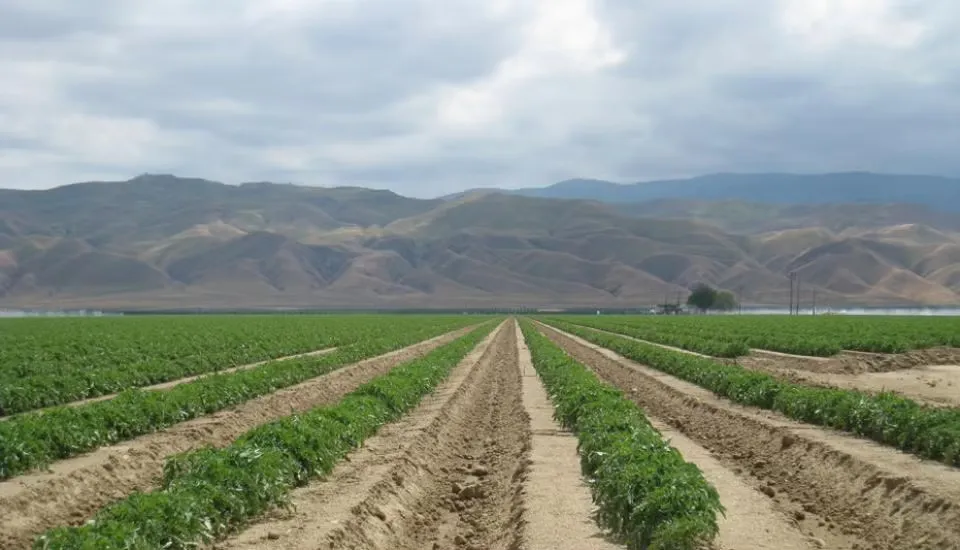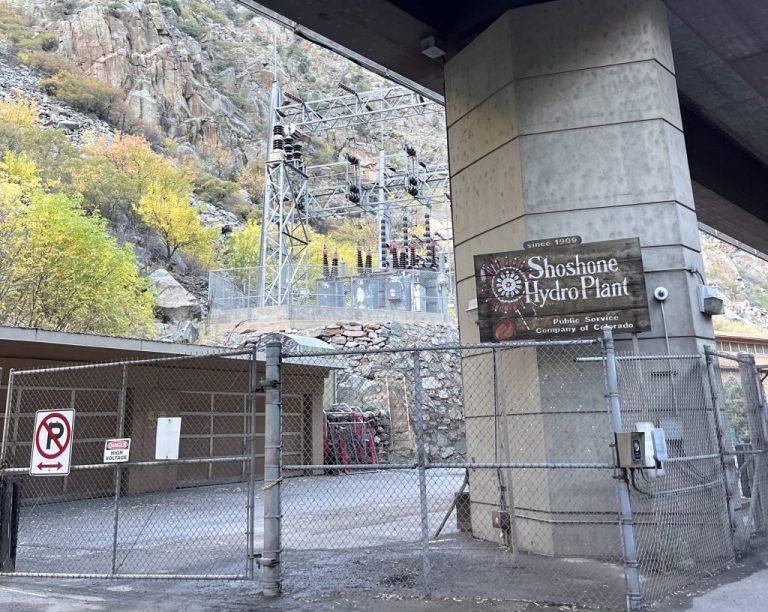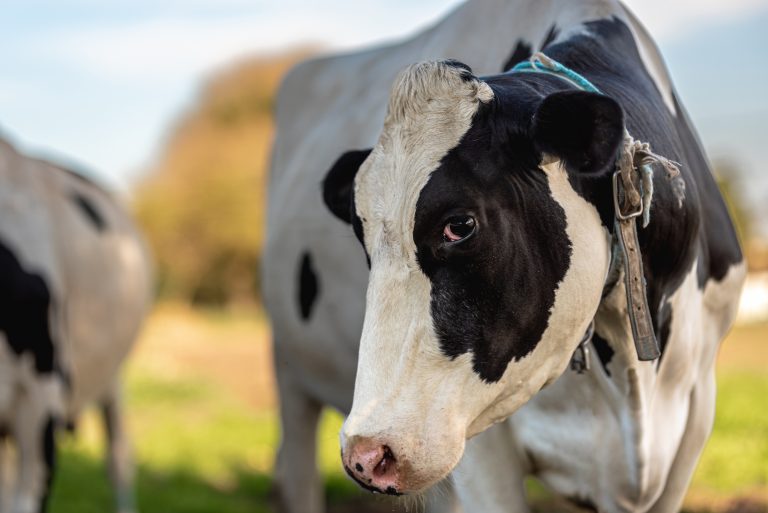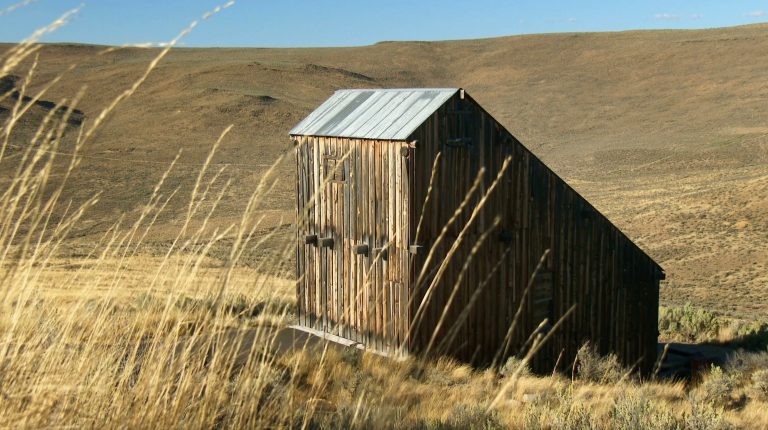Yanasa TV News
Ninth Circuit preserves irrigation-return-flow exemption
A federal appeals court has upheld a cornerstone protection for Western agriculture, ruling that irrigation return flows remain exempt from federal Clean Water Act (CWA) permits so long as they don’t include additional point-source discharges unrelated to crop production. The decision preserves decades of practice for farms and water districts while clarifying where the exemption begins and ends.

The dispute traces back to California’s Grassland Bypass Project, a drainage system that consolidates and conveys irrigation drainage from roughly 97,000 acres on the west side of the San Joaquin Valley through the federal San Luis Drain to Mud Slough. Since 1997, the project has operated without a National Pollutant Discharge Elimination System (NPDES) permit under the CWA’s specific exemption for “discharges composed entirely of return flows from irrigated agriculture” (33 U.S.C. § 1342(l)(1)). Environmental and fishing groups sued—arguing that pollutants like windblown dust, road runoff, algae, or groundwater seepage “commingled” with the drainage and therefore erased the exemption and triggered federal permitting.
A district court sided with the project operators (the U.S. Bureau of Reclamation and the San Luis & Delta-Mendota Water Authority). On September 5, 2025, a Ninth Circuit panel affirmed, concluding the statute still applies when return flows contain nonpoint pollutants or point-source pollutants related to crop production, and warning that plaintiffs’ reading would render the exemption a “dead letter.”
Had the challengers prevailed, irrigation districts, drainage systems, and even individual farms across the West could have faced new federal permits (and litigation exposure) for ordinary irrigation drainage—despite Congress’s 1977 choice to leave such flows to state programs. California groups following the case since 2011 said a narrower reading could have forced thousands of growers and water managers into the NPDES program or immediate discharger liability, on top of existing state requirements such as the Irrigated Lands Regulatory Program.
What the Ninth Circuit actually held
The panel drew a clean line:
- The exemption applies so long as the return flow does not contain additional point-source discharges unrelated to crop production.
- Nonpoint pollution that inevitably mixes with irrigation drainage (e.g., dust or stormwater overland flow) does notdefeat the exemption.
- The court grounded its reading in legislative history and purpose: Congress sought parity between irrigated farms and rain-fed farms and recognized the practical difficulty of disentangling diffuse pollutants once they enter a drainage network.
For context, ag outlets and water-policy trackers characterized the ruling as preserving the long-standing irrigation return flow carve-out and providing clarity for western drainage infrastructure.
Why the ruling benefits farmers and ranchers
- Avoids new, duplicative federal permitting for routine drainage. By rejecting a theory that any commingled dust or runoff would end the exemption, the court kept standard irrigation drainage outside NPDES, reducing compliance costs and litigation risk for farms and districts that rely on shared drains.
- Regulatory clarity that matches how agriculture works. The opinion recognizes the real-world setting of irrigated landscapes, where some nonpoint pollution will always mix with return flows; the exemption would be meaningless if that reality automatically triggered permits. Clear guardrails reduce uncertainty for long-planned drainage operations like the Grassland Bypass Project.
- Preserves state-led oversight instead of layering federal permits. The court highlighted Congress’s choice to leave irrigated return flows to state programs. In California, for example, growers already face monitoring and management duties under the Irrigated Lands Regulatory Program; the ruling prevents a second federal permit stack on top of that framework.
The limits:
This is not a blanket shield. If a project channels unrelated point-source wastes—say, municipal or industrial effluent—into an agricultural drain, NPDES coverage may still be required. And other CWA doctrines (e.g., site-specific rulings on groundwater pathways) remain intact. In short: the exemption is robust, but not universal.
The Ninth Circuit’s decision in Pacific Coast Federation of Fishermen’s Associations v. Nickels keeps the long-standing irrigation return flow exemption intact, aligns the law with on-the-ground realities of Western agriculture, and averts a sweeping expansion of federal permits for ordinary farm drainage—a practical win for farmers, ranchers, and the water agencies that support them.








